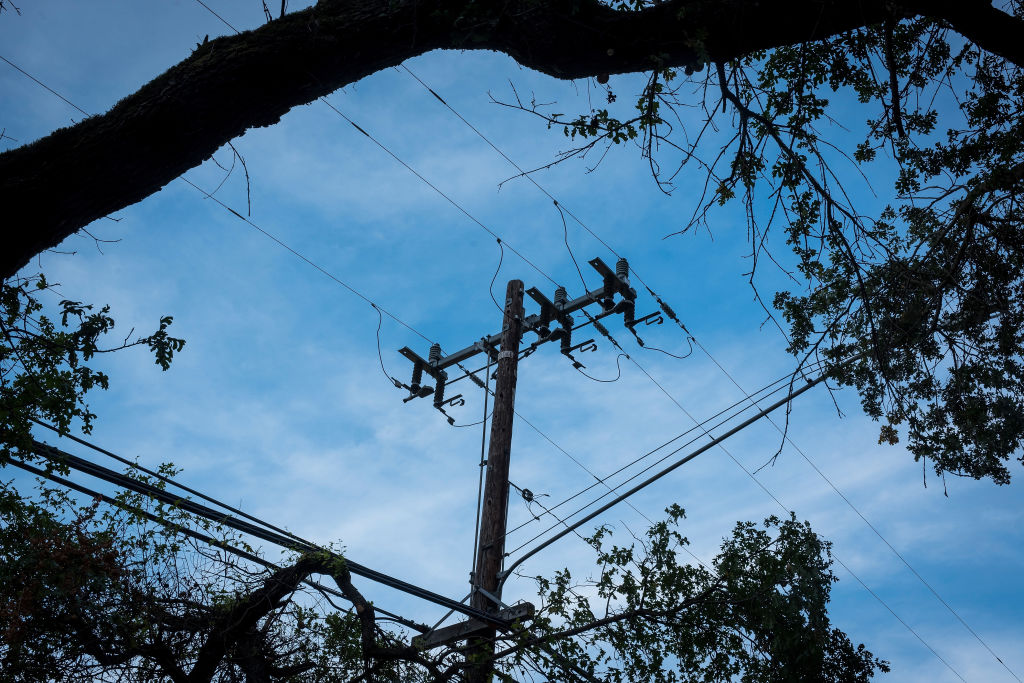PG&E on Tuesday shut off power to about 167,000 customers, including in areas of the North Bay, as part of a Public Safety Power Shutoff (PSPS) event triggered by high fire danger.
The outages impact customers in portions of 22 counties, including the Sierra foothills and North Bay.
Power was cut between about 9 p.m. Monday and 6 a.m. Tuesday, according to PG&E. The power restoration process will take place once the high winds subside. The utility said some customers may not have their power back until 9 p.m. Wednesday.
Areas Affected by the Public Safety Power Shutoff
A planned outage from PG&E hit 22 counties, with 172,000 customers affected in parts of Northern California. The outage is expected to last from Monday, Sept. 7, to Wednesday, Sept. 9. Below are the approximate areas that may be affected.
Data: PG&E
Check out PG&E's address lookup tools to see if you'll be impacted by the shutoffs here.
PG&E said the counties impacted in this round of shutoffs are Alpine, Amador, Butte, Calaveras, El Dorado, Humboldt, Lake, Lassen, Mariposa, Napa, Nevada, Placer, Plumas, Shasta, Sierra, Siskiyou, Sonoma, Tehama, Trinity, Tuolumne and Yuba.
Below is PG&E's timeline for safety shutoffs:
The process to shut off power began at around 9 p.m., Monday, Sept. 7, 2020.
- Forecasts indicate the peak period of Diablo winds should occur beginning at 10 p.m. on Monday through Wednesday morning.
- Once the high winds subside, PG&E will inspect the de-energized lines to ensure they were not damaged during the wind event, and then restore power. PG&E will safely restore power in stages as quickly as possible, with the goal of restoring power to nearly all customers within 12 daylight hours after severe weather has passed.
Customer notifications—via text, email and automated phone call—began late Saturday afternoon, approximately 48 hours prior to the potential shutoff. Customers enrolled in the company’s Medical Baseline program who do not verify that they have received these important safety communications will be individually visited by a PG&E employee to deliver the warning if possible, starting with customers who rely on electricity for critical life-sustaining equipment.



